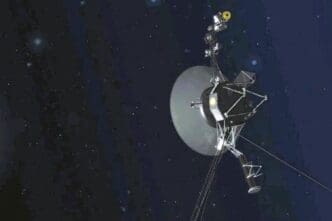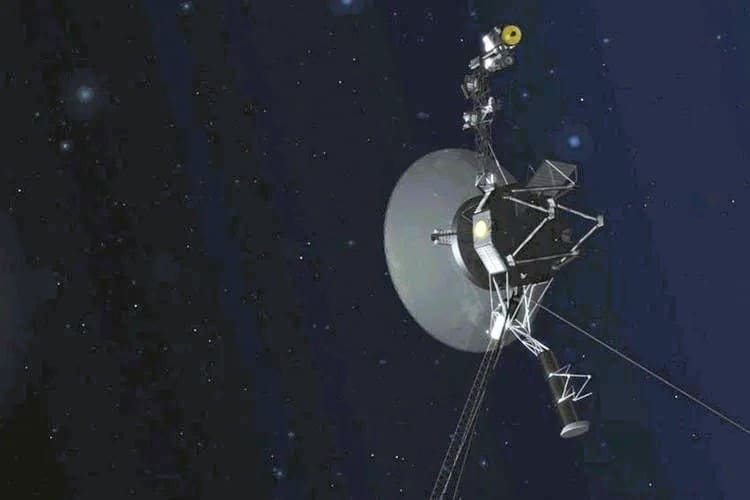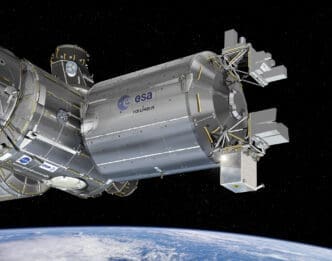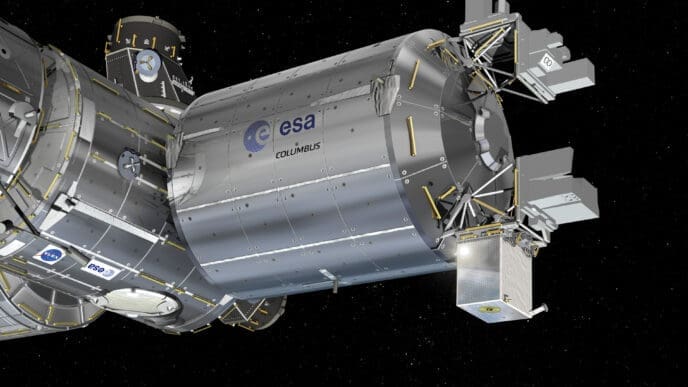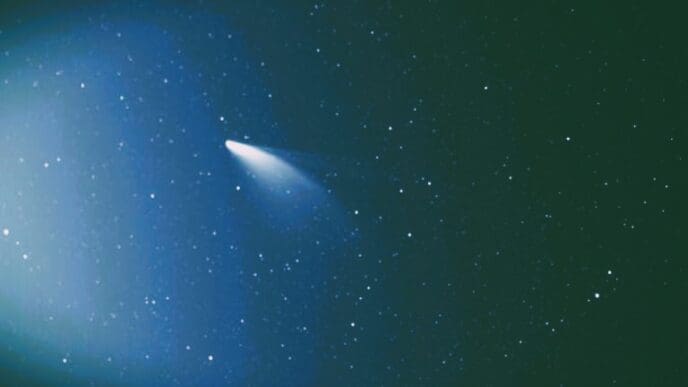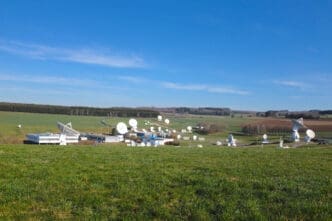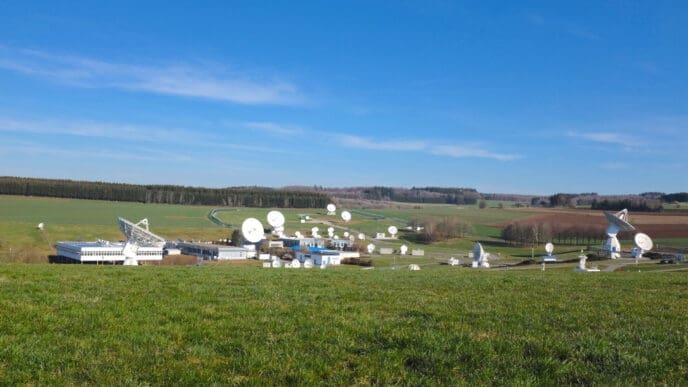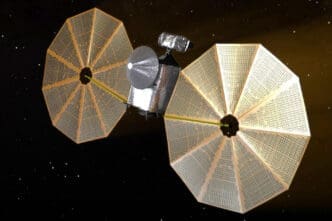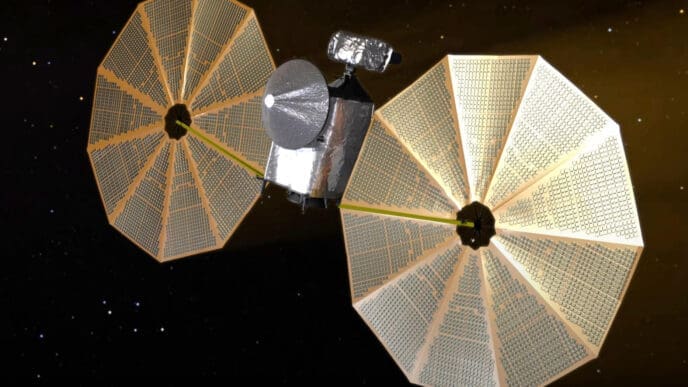After 25 years of continuous operation, Canada’s MOPITT instrument, a pioneering tool in atmospheric research, has been deactivated. Launched in December 1999 aboard NASA’s Terra satellite, MOPITT—Measurement of Pollution in the Troposphere—was designed to monitor carbon monoxide levels across the globe. Originally expected to last five years, the device far surpassed its anticipated lifespan, providing invaluable data on air pollution until its shutdown to conserve power on the aging spacecraft.
The decision to discontinue MOPITT was made independent of any funding cuts to climate science by the Trump administration in the United States. Atmospheric researchers, including Canada’s principal investigator for MOPITT, Jim Drummond, emphasized that the instrument’s shutdown was part of a broader strategy to manage power resources on the satellite. Drummond, a professor emeritus at the University of Toronto and Dalhousie University, was among the scientists gathered at the Canadian Space Agency’s headquarters in Longueuil, Quebec, to reflect on MOPITT’s achievements and its scientific contributions.
Manufactured by ComDev (now Honeywell Aerospace) in Cambridge, Ontario, MOPITT was instrumental in measuring carbon monoxide, a pollutant arising from incomplete combustion. It was the first device to demonstrate the worldwide distribution of pollution from carbon-based fuel combustion, including industrial emissions and forest fires. By providing uninterrupted data, MOPITT offered a detailed picture of carbon monoxide levels, highlighting regional variations and changes at city-level scales.
Before MOPITT’s launch, there was no comprehensive database of global carbon monoxide measurements, aside from sporadic data collected by NASA’s space shuttle missions. Although contemporary satellite observations can replicate some of MOPITT’s measurements, its extensive, uninterrupted record remains unparalleled. Positioned 705 kilometers above Earth, Terra carried MOPITT as one of its five instruments, revealing trends such as a decline in carbon monoxide emissions from countries like China due to cleaner energy practices.
Recent data from MOPITT indicated a rise in emissions from massive wildfires, including those during Canada’s record-breaking fire season in 2023. Carbon monoxide serves as an effective tracer for other pollutants linked to fires, such as particulates impacting human health. It also aids in assessing deforestation rates through burning, notably in the Amazon rainforest. While carbon monoxide itself is not a significant climate change driver, it reacts with hydroxyl radicals, which are vital for controlling methane levels, a potent greenhouse gas.
The instrument’s data is critical for understanding Earth’s climate dynamics, underscoring the need for precise carbon monoxide measurements. MOPITT’s legacy also highlights the benefits of international scientific collaboration, bringing together Canadian and U.S. scientists to leverage shared data for global research advancement.
The Unseen Consequences
The deactivation of MOPITT marks the conclusion of a significant chapter in atmospheric research, leaving a gap in the continuous monitoring of global air pollution. For researchers and policymakers, the loss of this consistent data stream may hinder the ability to track long-term trends in carbon monoxide emissions, especially those associated with industrial activity and wildfires. The absence of MOPITT’s unique input could impact climate modeling and forecasting, affecting strategies aimed at mitigating air pollution and its health implications.
Communities and environmental stakeholders may face challenges as they adjust to the reduced availability of such comprehensive atmospheric data. The insights provided by MOPITT have been crucial for understanding air quality trends and shaping environmental policies. In the absence of its data, reliance on other satellite observations will be necessary, potentially affecting the precision and coverage of atmospheric monitoring efforts. The retirement of MOPITT serves as a reminder of the importance of continuous investment in satellite technologies for environmental research.

